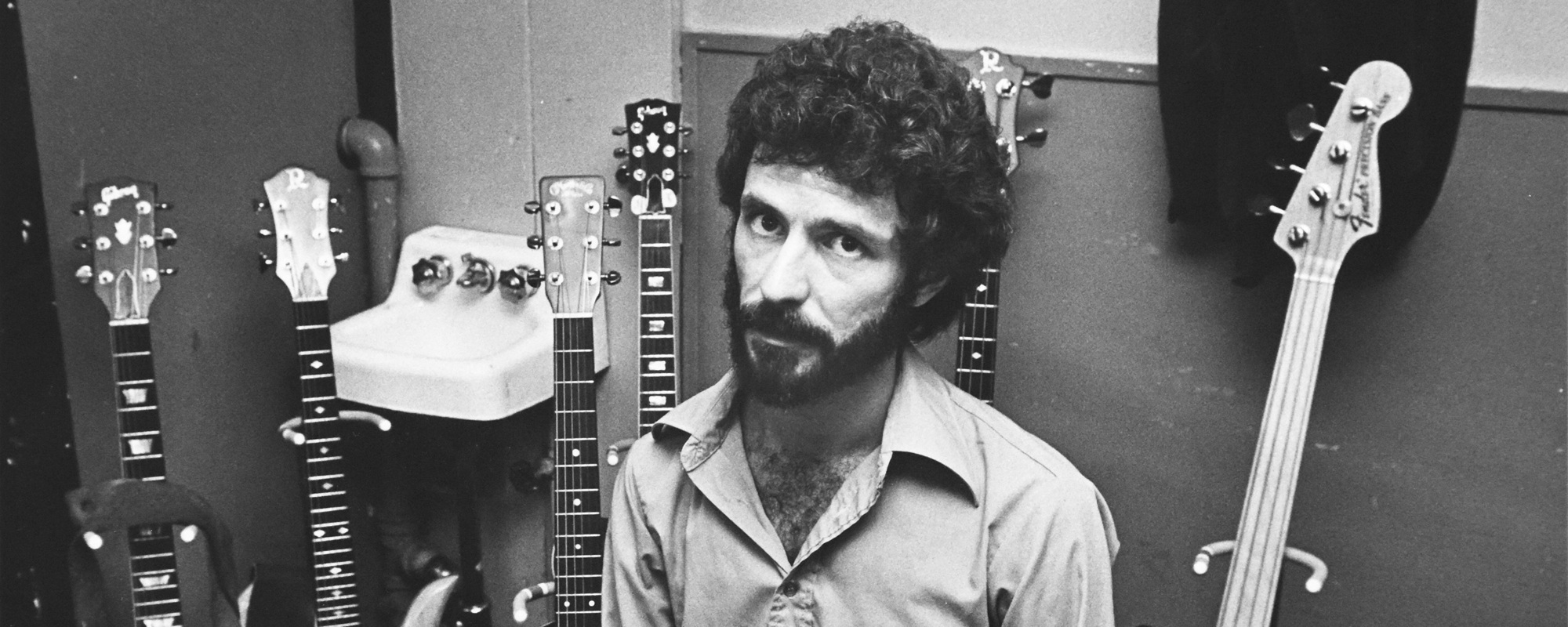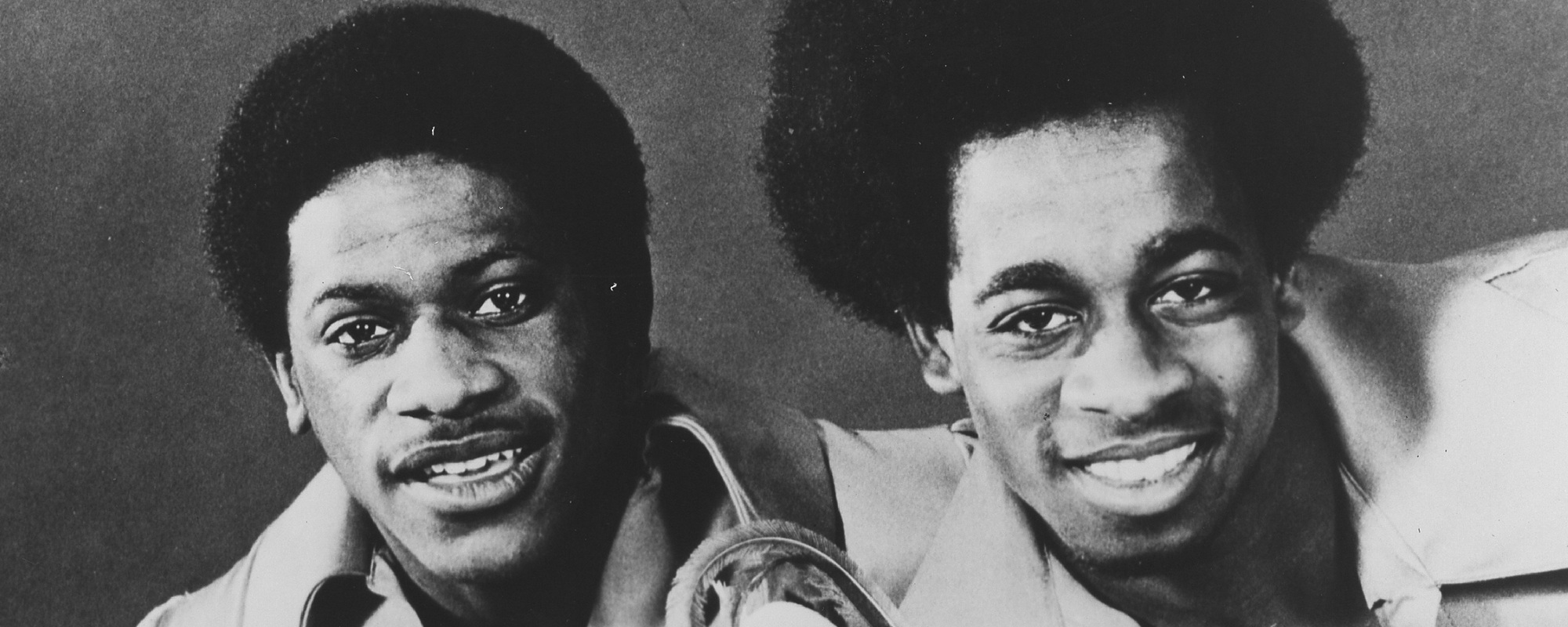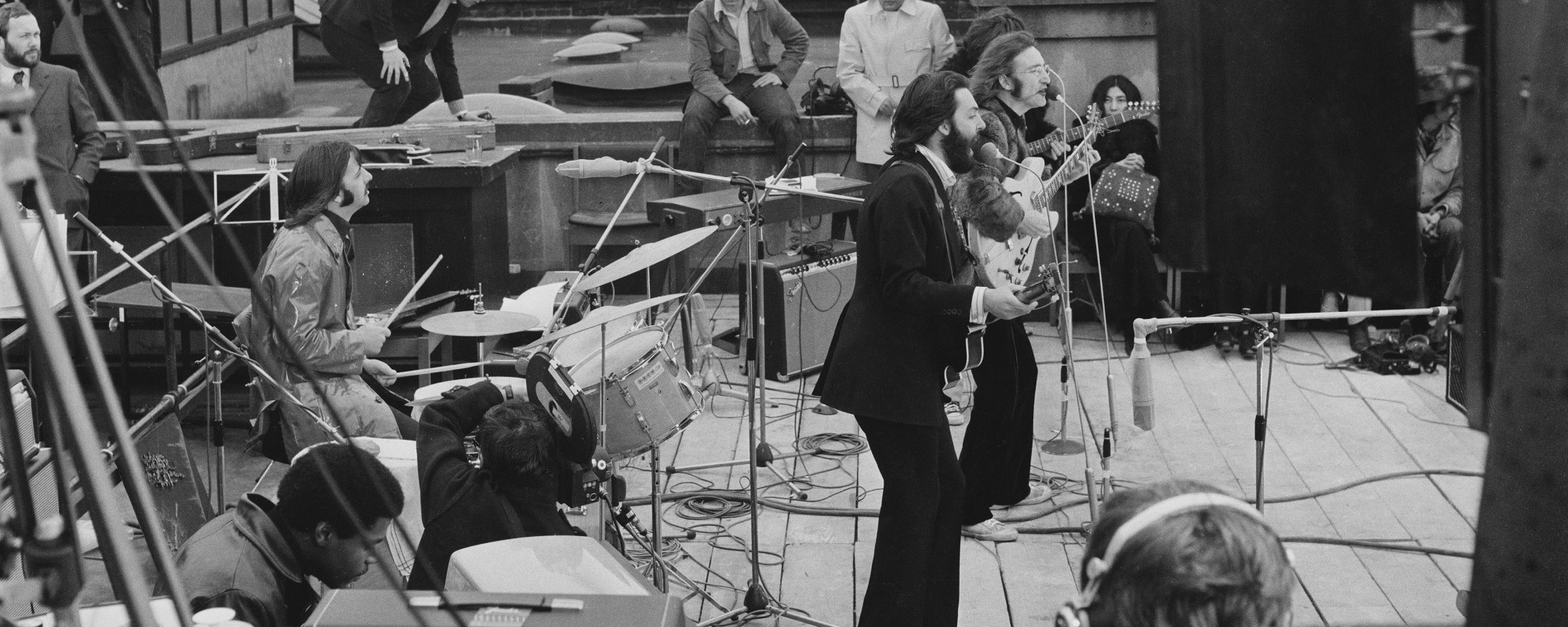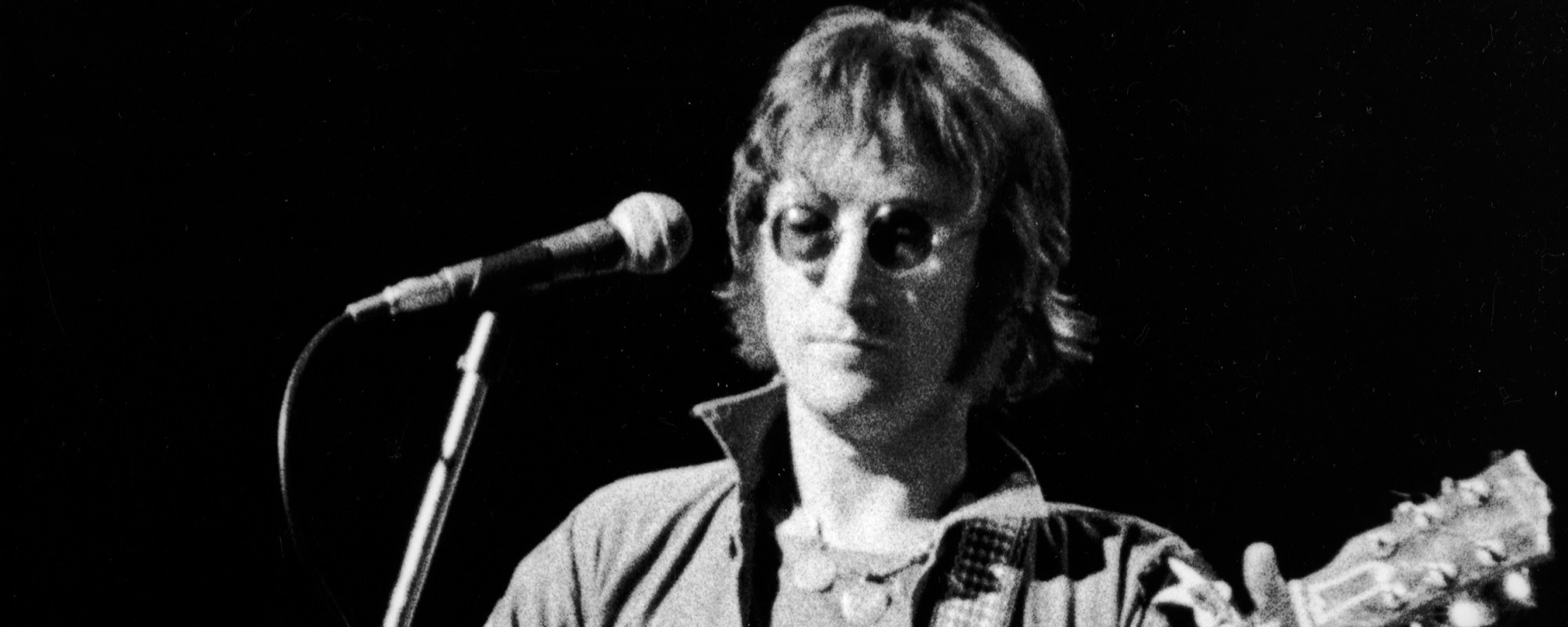The middle eight, often called the bridge, stands out as one of the most crucial yet somehow underrated parts of pop-rock songwriting. Perhaps no band took more advantage of the opportunities afforded by these sections than The Beatles, who were always coming up with ingenious solutions for this part of the songwriting puzzle.
Videos by American Songwriter
For our purposes here, we’re only including middle eights with lyrics, not simply instrumental breakdowns. With that in mind, here are five outstanding middles eights from throughout the career of the Fab Four.
“I Feel Fine” (Single, 1964)
The most joyous Beatles song? Heck, we’d make an argument this track might be the greatest producer of unmitigated good feelings in the entire rock canon. The John Lennon-led number is renowned for the feedback effect that started it off, which at the time was a novel inclusion. But let’s not overlook the brief but impactful middle eight when considering the elements that make the song so effective. What’s especially clever is how it’s structured. The three-part harmonies of Lennon, Paul McCartney, and George Harrison deliver the first and third lines, while Lennon tackles the second and fourth lines on his own.
“We Can Work It Out” (Single, 1965)
The Lennon-McCartney partnership propagated itself in many different ways during their time together. One of those methods: One of the pair writes the bulk of the song, leaving the other to contribute the bridge. That’s how it happened on “We Can Work It Out,” and it displayed the differing sensibilities of the two men. While McCartney’s main message is hopeful, Lennon contributed a middle eight with a somewhat more pessimistic outlook: Life is very short / And there’s no time for fussing and fighting, my friend. Not to mention the strange, polka-like rhythm of that section is far removed from the pop glide of the rest.
“Hey Jude” (Single, 1968)
Paul McCartney initially wrote “Hey Jude” with the intention of cheering up Julian Lennon in the wake of his parents’ divorce. As so often happens, a song that’s written about something personal became universal, especially when the writing is this strong. McCartney actually gives us two middle eights in this song, and he uses clever modulations to get back to the main parts. He also delivers little bits of wisdom in these two sections, such as when he claims, The movement you need is on your shoulder. He originally wasn’t crazy about that line, but Lennon overruled him and claimed it was one of his favorite bits in the entire lyric.
“Something” from Abbey Road (1969)
If you look through George Harrison’s songwriting contributions with The Beatles, you’ll see he was quite adept and coming through with unique, memorable middle eights. In the case of “Something,” which many believe is his finest songwriting moment, he actually changes the tone of his message somewhat. The verses are delivered in somewhat relaxed fashion, as he recounts all the qualities of his lover. But in the bridge, he suddenly rises into a higher register, and his vocal takes on a much more urgent feel. On top of that, the lyrics get less decisive as he realistically explains he can’t guarantee this love he’s been rhapsodizing will last forever.
“Two of Us” from Let It Be (1970)
Historical context can sway the meanings of songs, as the audience will hear something the writer never intended. “Two of Us” is a good example of this. Paul McCartney wrote it about his relationship with wife Linda. But because it first appeared on the album Let It Be, which was released after the group’s breakup was announced, listeners thought it was a reflection on McCartney’s friendship with John Lennon. The middle eight certainly played into that notion. As the main thrust of the rhythm slows, McCartney, after singing with Lennon throughout the verses, takes the bridge solo to deliver a poignant observation: You and I have memories / Longer than the road that stretches out ahead.
Photo by David Redfern/Redferns













Leave a Reply
Only members can comment. Become a member. Already a member? Log in.